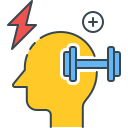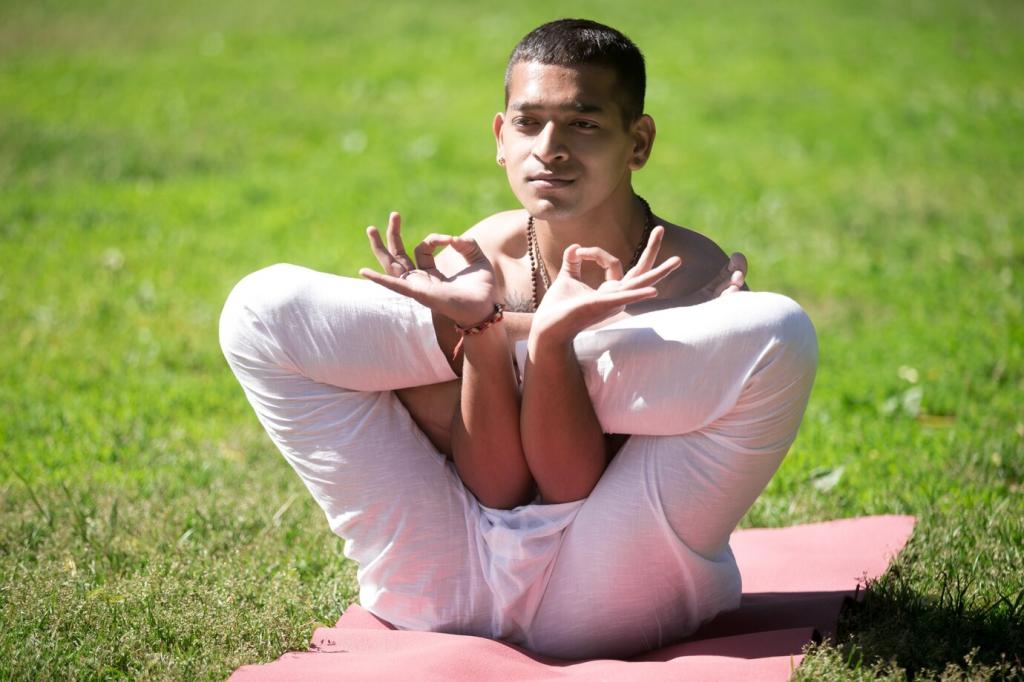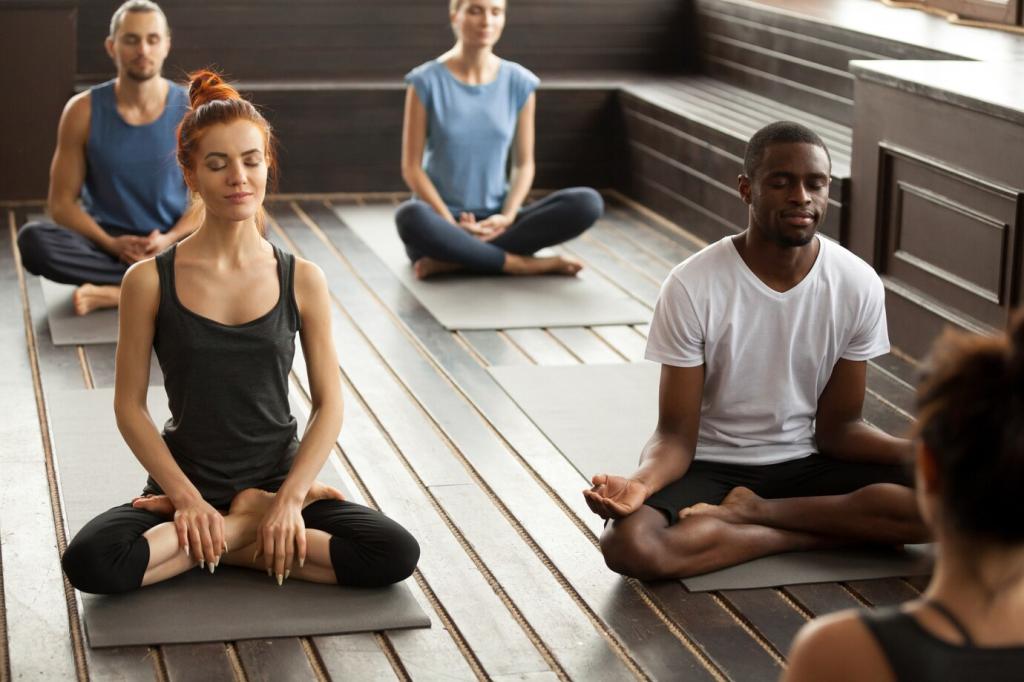Measure What Matters And Stay Motivated
Use a basic log to track heart rate variability, perceived exertion, and sleep quality. Look for trends after adding breathwork. Even small improvements sustain motivation. Share your three favorite indicators in the comments, and tell us which one best predicts a great training day for you.
Measure What Matters And Stay Motivated
Write two sentences after sessions: what felt smooth, what felt stuck. Over time, patterns emerge and adjustments become clear. This also celebrates small victories. Try it for seven days and post your most surprising insight, whether it was breath, tempo, or a mobility limiter finally revealed.





